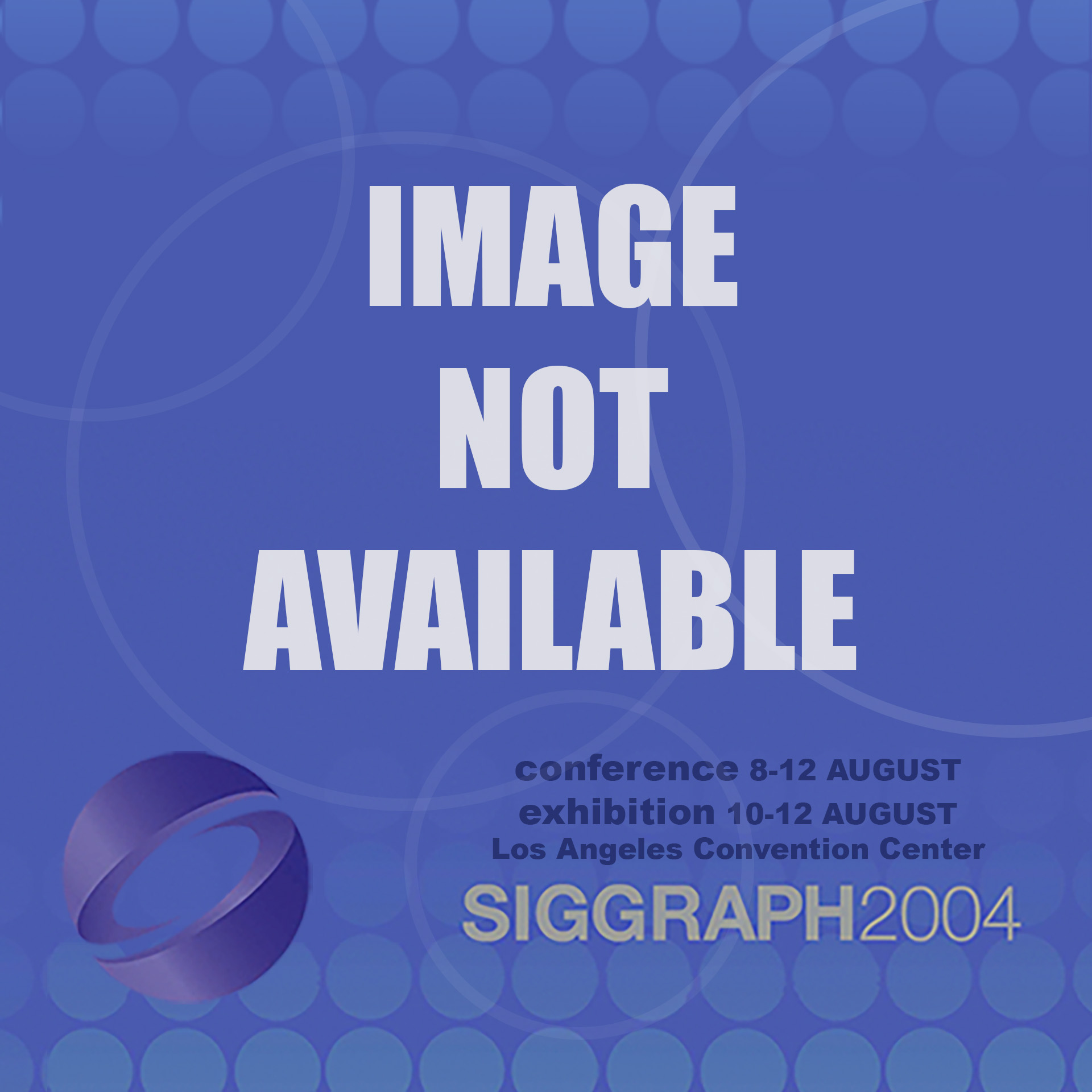“Designing the New Memory Space for Cultural Heritage” by Aytes
Conference:
Type(s):
Title:
- Designing the New Memory Space for Cultural Heritage
Presenter(s)/Author(s):
Abstract:
The museum as one of the most crucial institutions of the modern age is undergoing a transformation under the aegis of new media. As the representation of each cultural object in its habitual cognitive environment becomes the key concept in museum exhibits instead of demonstrating objects under glass showcases in isolated spaces, the search for insights for the new representation methods were directed towards new media . New media achieves this goal mainly by offering non-hierarchic and flexible information structures that create the opportunity for the cultural object to stand in a “space of its own”. The new approach does more than bring enriched meaning to the cultural object on show; it also facilitates a productive interaction between user and cultural object – an interaction that bridges both temporal and intercultural distances.
Since interaction is one of the main areas of focus for new media, the experience of the museum visitor primarily considered according to the interface design methods that are used in the presentation of the cultural heritage object. Of these methods, “experience design” is the one that provides the widest application possibilities. This is because experience design, the dominant approach within the field of interface design in recent times, is concerned with more than the mere representation of a frozen visual moment and instead focuses mainly overall user experience.
In the case of the museum audience, an interface design that aims at individual learning through free exploration integrated with a constructivist learning style promises the richest experience for the user. Experience design, its methodology primarily developed within the software design field, needs to be reformulated with a different set of priorities when applied in the museum setting where subjects of past or ethnic objects tend to be the focus. Therefore, designing the user experience according to the original or authentic experience that is woven around the cultural object is the main challenge of this field. At this point Anthropology appears to be one of the most often collaborated disciplines. This is especially the case in the interface design field, where a great deal of knowledge in the applications of ethnographic field methodology to the understanding of user problems and desires has been accumulated, and these same methods are now seen to be used in designing the representation of cultural objects in relation with the cultural codes that are enmeshed around them. Therefore, the reconstitution of the elucidated cultural codes through the analysis of ethnic traditions, religious beliefs, functions, natural determinants and linguistic structures, becomes one of the most crucial stages in the design of the cultural object’s representation.




